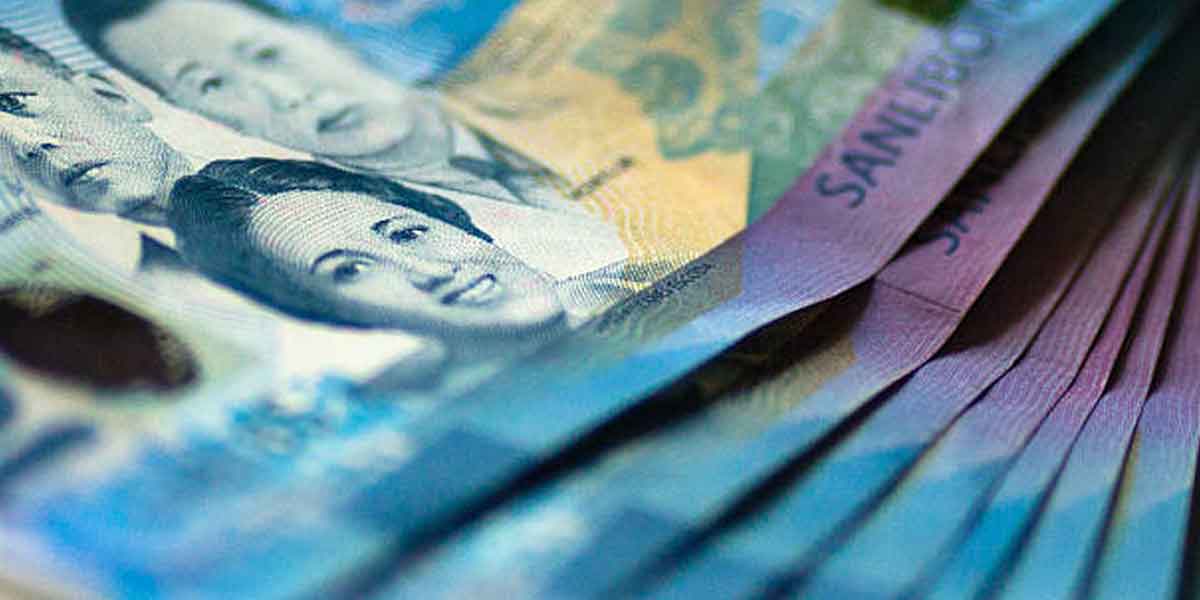 By Herbert Vego
By Herbert Vego
THIS corner has always refrained from scaring readers with daily “doses” of COVID-19 cases in the media. Panic has already harmed more people than the pandemic itself because of the misinformation that it is incurable; and that only a vaccine could save us from contamination.
If it were incurable, then why do the majority of cases recover?
Assuming that the Department of Health (DOH) is correct in its daily tally of total COVID cases which hit 478,761 as of yesterday, it is not correct to dramatize it as incurable. Why?
Of that seemingly staggering number, only 9,263 have died of COVID in 10 months. Incidentally, no less than 1,500 Filipinos die of various diseases and other causes daily.
In a country of 110 million Filipinos, the number of cases may be comparable to a grain of rice in a full sack.
And so why don’t we go beyond face-shielding, face-masking and physical distancing? Beyond revealing numbers that scare rather than cure?
Why doesn’t the DOH reveal individual cases of how the majority of patients have gotten out of the hospitals alive and kicking? That should prove that the disease is not as scary as depicted.
While writing this yesterday, I stumbled upon the ordeal of male COVID patient Rosini Distrito, 45, while confined for 27 days at the Corazon Locsin Montelibano Memorial Regional Hospital in Bacolod City. By then he had been suffering from diabetes and high creatinine level.
To cut the long story short, his doctors kept him intubated for much of his hospital days. They gave him the anti-viral Remdisivir antibiotic. Distrito has slowly recovered, proving that just like flu and pneumonia for which vaccines are available, COVID could be defeated without vaccination.
I wonder why the World Health Organization (WHO) has refused to recommend the above-mentioned medicine for COVID even if it passed through the Food and Drug Administration (FDA) of the United States and the Philippines. Their new scarecrow is the “new strain” of coronavirus coming from the United Kingdom.
They enforce the “no vaccine, no hope” notion which could turn into billions of dollars for multinational vaccine manufacturers. Can we blame the skeptics for suspecting a “business alliance” between WHO and the vaccine manufacturers?
To this day, insinuations that COVID is a “plandemic” could not be disproven due to circumstantial pieces of evidence. In the first place, we all know that it originated from Wuhan, China in December 2019 – whether man-made or natural mutation from Severe Acute Respiratory Syndrome (SARS) which first broke out in Foshian China in 2002.
Conspiracy theories have been woven around China’s role in the alleged propagation of the virus in the United States and its allies. While this could not be proven, it is a fact that the US ranks No. 1 with 21,314,451 cases as of yesterday, of which 361,728 have died.
China – the biggest nation with a 1.5-billion population — lags behind on 82nd place with only 87,150 cases and 4,634 deaths. That pales in comparison to the Philippines’ 478,761 cases and 9,263 deaths.
Remember the first COVID “export” to the Philippines? The “naughty” among us may call “mission accomplished” the arrival on January 21, 2020 of the 38-year-old COVID-carrying woman who traveled to Manila from Wuhan, China and ended up confined at the San Lazaro Hospital in Manila on the 25th. It was only on January 30 that the news broke out in the media.
You readers must have recalled your reaction on first seeing televised footage of Chinese pedestrians falling dead in the streets, allegedly due to coronavirus. Was it make-believe propaganda aimed at preconditioning minds on the necessity of “inventing” a vaccine which might have already been manufactured secretly in China? We do not expect the Chinese media to reveal state secrets that would put them in harm’s way. China remains under the control of the Chinese Communist Party (CCP) that disallows press freedom.
The government of China is revealed to be the maker of the anti-COVID Sinopharm vaccine that the Philippine government is buying in March.
Perhaps it was to prove the efficacy of the vaccine that certain government officials and members of the Presidential Security Group (PSG) had themselves “illegally” vaccinated without FDA approval.
By the PSG head’s belated admission, they underwent two shots – one in September and again in October 2020 – stressing the time lapse to show that they had experienced no side effects so far.
Obviously, however, messages in the social media indicate massive public opposition either because it is China-made or because they would not like to be vaccinated at all. Why patronize the “giver” of the virus that has forced global lockdowns and wrecked the economies?
As the late comedian Elizabeth Ramsey would say in a TV ad, “Magapatuka na lang ako sa ahas.”
THE LESS ‘JUMPERS’, THE MORE SAVINGS
OUR good friend Ariel “Aye” Castañeda, head of MORE Power’s ‘I-Konek’ team, revealed last Sunday on the radio radio program “Tribuna sang Banwa” (hosted by Neri Camiña and this writer) why they have to disconnect “jumpers” or power lines that bypass the company’s electric meters.
The other part of his job aimed at stabilizing power supply is to win over the power pilferers to legalize. On taking over the Iloilo City franchise from Panay Electric Co. (PECO), the management of MORE Power found out that on top of 65,000 paying households, around 30,000 “jumpers” were tapping stolen electricity which overloads the feeders, making them prone to trip-offs and fires that could raze houses to the ground.
“We really hope to reconcile with those caught stealing electricity,” Aye said. “That’s why we have made it easy for the poor to apply for legal connection with only a few requirements in collaboration with the Iloilo City government.”
It is now possible to apply for a new account for only a bill deposit P2,500, which may be paid on instalment basis. He revealed that the pre-Christmas promo “Jumper Mo, Noche Buena Ko” was successful for having attracted scores of tipsters to report cases of illegal connections. The winners — those who had identified pilferers reselling to at least five neighbours — received a cash reward of PHP3,000.
“It is the responsibility of customers to report and inform MORE of things that could affect the efficient electric service,” MORE President Roel Castro had said in a press conference launching the campaign. Like all other power distributors, MORE Power buys electricity from various generation companies, hence at risk of losing business to pilferage.
Paying customers are affected, too, since they shoulder 6.5 percent of the system’s loss as required by the Energy Regulatory Commission. The power distributor assumes the rest.
In that campaign, the name of Mayor Vicente “JunJun” Jaen II of Leganes, Iloilo had unexpectedly surfaced. He happened to own a vehicle emission-testing business in San Pedro, Molo — the Triple J Emission Testing Center – which was one of the five identified customers of a “professional” reseller in the barangay.
Castañeda confirmed that Jaen had asked for reconsideration because he had thought that his “metered” connection was legal. Violation of the anti-power pilferage law (Republic Act No. 7832) is punishable by six or more years of imprisonment or a fine ranging from fifty thousand pesos (P50,000) to one hundred thousand pesos (P100,000) or both.
Castañeda lauded MORE Power President Roel Castro for being a “visionary” who is prepared to cope with the growing electricity requirements of Iloilo City in the next 25 years. MORE Power is prepared to spend P1.9 billion in the next three years of its modernization program.





















